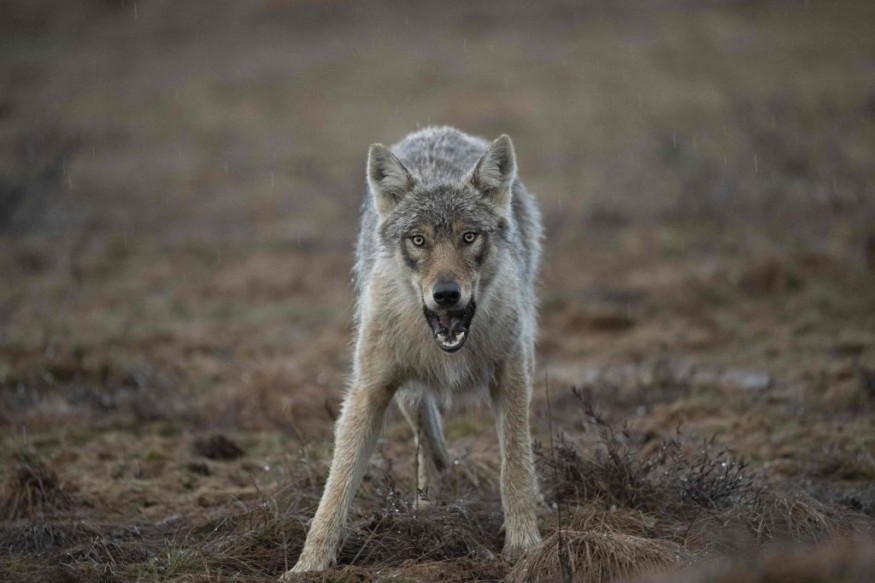Dog ancestry has been a mystery for the scientific community, especially when it comes to specific genetic origin and manner of domestication.
However, a new study led by researchers from The Francis Crick Institute in London, United Kingdom, suggested that the discovery of an Ice Age wolf DNA revealed that dog ancestry came from at least two wolf populations.
Scientists in the UK study claimed that humanity a step closer in determining the absolute origin of modern domesticated dogs.
However, they were also realistic to the fact that it is still impossible to determine at this time as to where and how exactly wolves became dogs, where the latter famously become man's best friend.
Dog Ancestry

In a media release on June 29, The Francis Crick Institute announced that a team of international scientists consisting of archaeologists and geneticists have found the ancestry of modern dogs can be traced to at least two separate dog species.
This came after the research team analyzed 72 ancient wolf genomes from Europe, Siberia, and North America dating from the last 100,000 years.
The current data has surpassed previous discoveries which only ranged canine ancestral roots only as far as 15,000 to 30,000 years ago.
The UK study was published in the journal Nature last week.
Dog Domestication Theories
Prior to the new study, there have been several theories on dog domestication.
These postulations show the possibility of how the once rivalry between early humans and wild wolves turned to a mutual companionship as owner and pets that we see in contemporary times.
One of the leading theories is the so-called self-domestication theory, which suggested that wolves in the past took advantage of the waste materials, including food, of human civilizations.
The scientific community largely supports the said theory, as cited by the University of Illinois in the United States.
In particular, the theory postulates that wolves were once notorious scavengers of biodegradable products produced by forming human civilization in their infancy, relative to the annals of history.
This relation turned out to be the earliest form of taming, as the theory indicated that the domestication aspect itself was accidental rather than government by Charles Darwin's theory of evolution by natural selection.
Physical and Behavioral Perspectives
There are two main theoretical underpinnings from the self-domestication theory: behavioral and physical.
In its summary, the University of Illinois said that the social hierarchies of a wolf pack diminished for those animals who stayed with human civilizations, based on a behavioral point of view.
In spite of being away from the pack, isolated yet domesticated wolves had enhanced survival due to the available resources provided to them by our ancient ancestors.
Meanwhile, the university's interpretation of the theory's physical standpoint suggested that the human-provided food has a lower quality due to lower energy content than the natural prey of wolves.
As a result, evolution would favor a smaller body build compared to their counterparts left in the wild.
A previous study published in the journal Current Biology in January suggested that dog sizes from chihuahuas to great Danes and other dog species of today were manifested by a gene mutation from ancient wolves in the past 30,000 years.
Related Article: Ancient Wolf Gene Responsible for Different Sizes of Domestic Dogs
© 2025 NatureWorldNews.com All rights reserved. Do not reproduce without permission.





